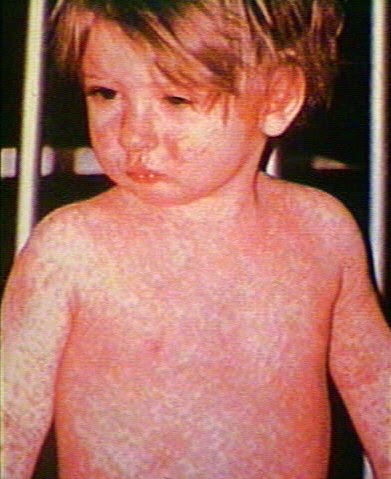Tuberculosis (TB) is a potentially fatal contagious disease
that can affect almost any part of the body but is mainly an infection of the
lungs. It is caused by a bacterial microorganism, the tubercle bacillus or
Mycobacterium tuberculosis. Although TB can be treated, cured, and can be
prevented if persons at risk take certain drugs, scientists have never come
close to wiping it out. Few diseases have caused so much distressing illness
for centuries and claimed so many lives.
Causes
Tuberculosis is caused by bacteria that spread from person
to person through microscopic droplets released into the air. This can happen
when someone with the untreated, active form of tuberculosis coughs, speaks,
sneezes, spits, laughs or sings. Although tuberculosis is contagious, it's not
easy to catch.
Sign n symptoms
 Symptoms of TB disease depend on where in the body the TB
bacteria are growing. TB disease symptoms may include:
Symptoms of TB disease depend on where in the body the TB
bacteria are growing. TB disease symptoms may include:
A bad cough that lasts 3 weeks or longer.
Pain in the chest.
Coughing up blood or sputum (phlegm from deep inside the
lungs)
Weakness or fatigue.
Weight loss.
No appetite.
Chills.
Fever.
Vaccination
Vaccination is one major preventive measure against TB. A
vaccine called BCG (Bacillus Calmette-Guérin, named after its French developers)
is made from a weakened mycobacterium that infects cattle. Vaccination with BCG
does not prevent infection by M. tuberculosis but it does strengthen the immune
system of first-time TB patients. As a result, serious complications are less
likely to develop. BCG is used more widely in developing countries than in the
United States. The effectiveness of vaccination is still being studied; it is
not clear whether the vaccine's effectiveness depends on the population in
which it is used or on variations in its formulation.
.jpg)
.jpg)










